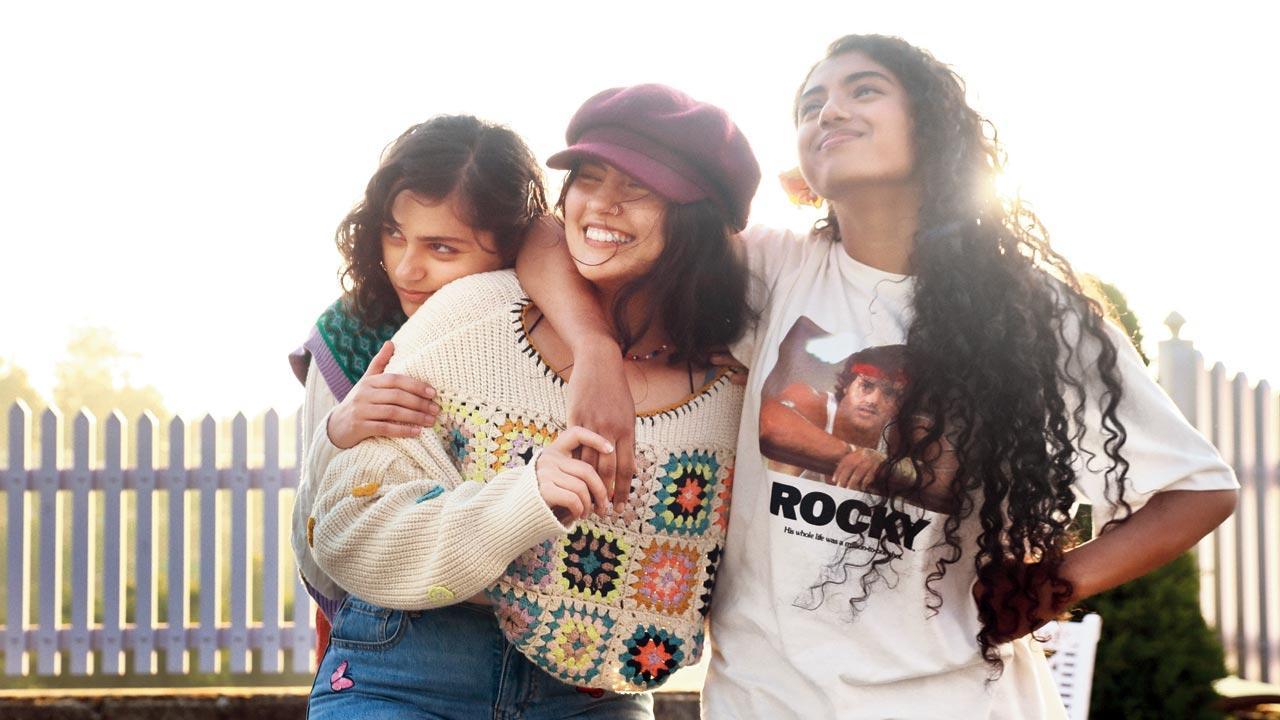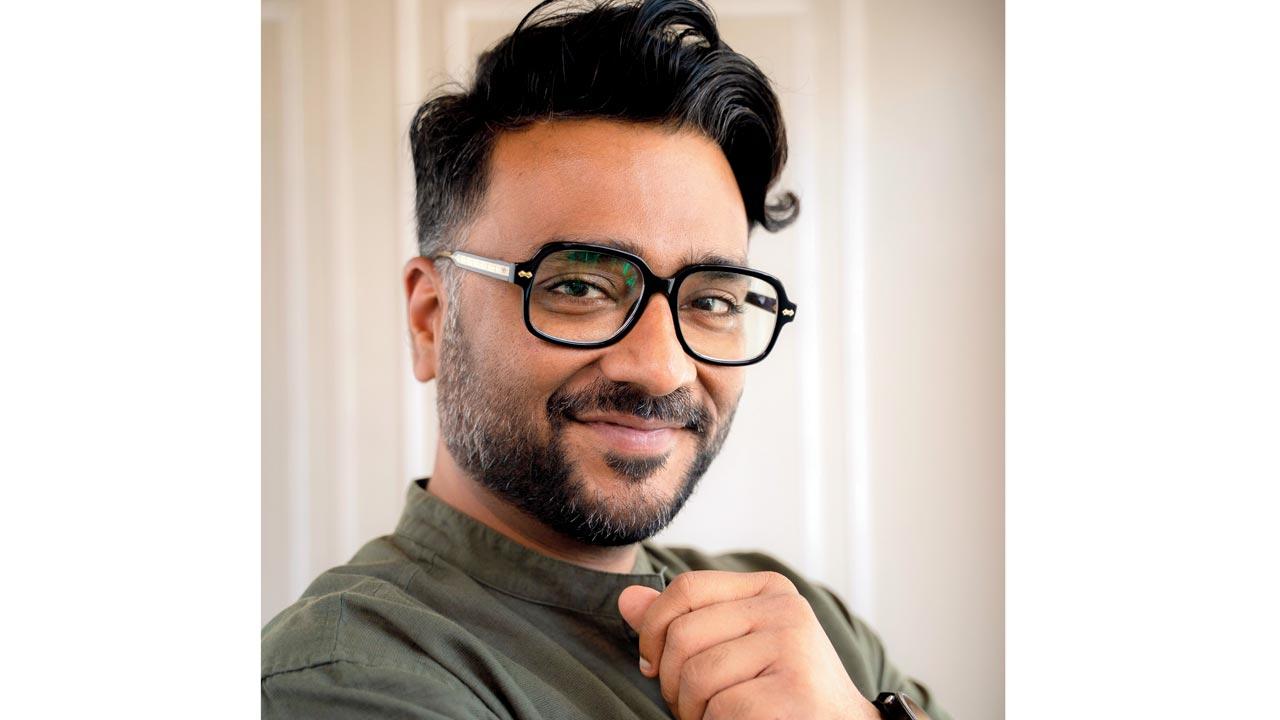Unlike YA offerings that pass off older actors as teenagers, Big Girls Don’t Cry director Saria on how the team went scouting from Kolkata to LA for seven fresh faces

Avantika Vandanapu (third from left) of Mean Girls’ fame sent her audition tape from Los Angeles
The first thing that strikes one about Big Girls Don’t Cry is that its posters have seven relatively unknown faces staring back at you. This, when the young adult series also stars Pooja Bhatt, Zoya Hussain and Raima Sen. Sudhanshu Saria, who has helmed the Prime Video offering with three directors, says it was a conscious decision. “We are batting on the front foot in terms of who this show is for. Amazon surprised us. We never saw any marketing material that didn’t embrace the show’s intent. Everything about the show had a creator-first approach, and Amazon set that standard,” he beams.
ADVERTISEMENT

Helmed by Saria, Nitya Mehra, Karan Kapadia and Kopal Naithani, Big Girls Don’t Cry studies the friendships and rivalries, joys and troubles of growing-up years through the journey of seven students at an all-girls’ boarding school. One of the series’ win is that unlike other YA offerings, it has cast age-appropriate actors— Avantika Vandanapu, Aneet Padda, Dalai, Vidushi, Lhakyila, Afrah Sayed, and Akshita Sood. The National Award-winning director recalls, “When we began the casting process, Shivam Gupta and Romil Modi [casting directors] were asked to join forces. We were casting out of Los Angeles and Kathmandu, Pune and Kolkata. I didn’t want us to be stuck in the eco-chamber of Bandra. Our rule was that you can’t bring us actors over 21 years of age. They need to look the part. Casting 25-to-30-year-olds is not a believable portrait.”
For the series’ world building, Saria and Mehra tapped into their experiences from The Doon School and Welham Girls’ School. “The world of cinema sexualises high school. There are short skirts that go shorter. Welham is a world of salwars. Nitya and I come from the Dehradun ecosystem and know this world of boarding schools,” says the director. In telling authentic stories of teenage girls, the makers faced another battle—that of making these girls believe in their natural beauty. “Make-up on our set involved removing any the girls might have put. We had to keep reminding the girls that they are gorgeous the way they are, with acne, facial hair and all. By the end of it, they thought of me as the lip-balm hating uncle. In the social media world, girls are not enjoying how naturally wonderful they look.”
 Subscribe today by clicking the link and stay updated with the latest news!" Click here!
Subscribe today by clicking the link and stay updated with the latest news!" Click here!












